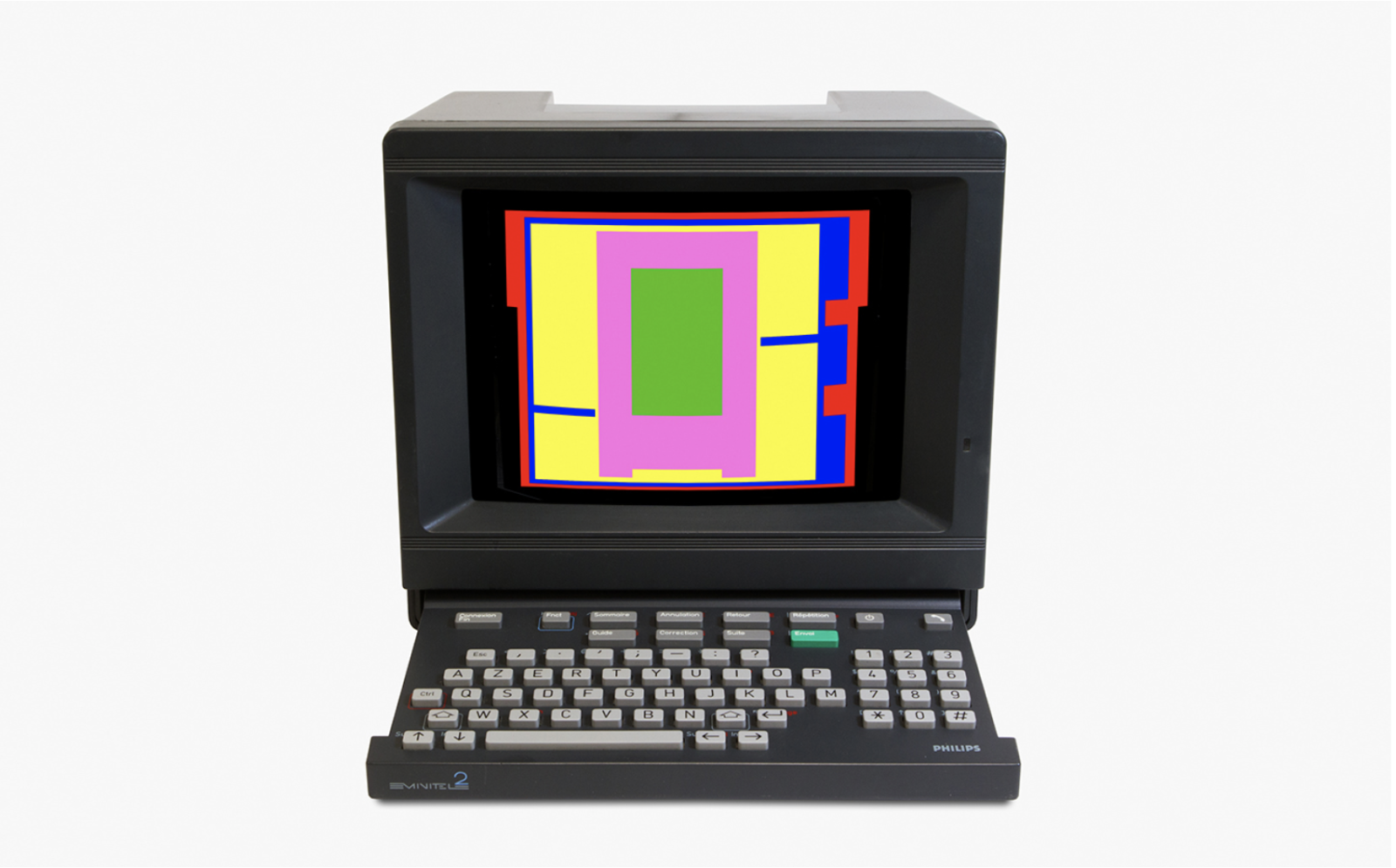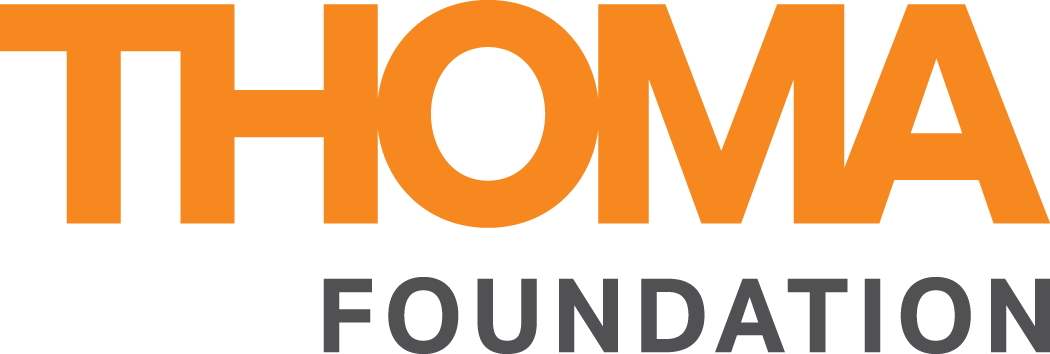
New Thematic Installation In Real Time at Art House
| January 10, 2018 | |
| Digital & Media Art |
Art House is pleased to present the thematic installation In Real Time, featuring newly acquired works from the digital art collection that use real-time software to autonomously generate virtual simulations. Real-time software allows an artwork to deliver a live, constantly evolving animation of infinite duration. This technology is a special characteristic unique to digital art. Artists John Gerrard, Jason Salavon, and Siebren Versteeg have devised programs that generate simulations of the Amazon River, Giorgio Morandi’s still-lifes, and a mathematical improvisation inspired by Piet Mondrian’s modernist paintings. In Real Time will be on view through September 15, 2018.
John Gerrard makes use of a powerful video-gaming engine in Flag (Amazon), 2017 to depict a gasoline spill on the Amazon. The river and its reflections are algorithmic simulations. Floating on the surface of the water, an oil slick flutters like a flag in the wind and refuses to disperse. “Alluring and very attractive but also toxic,” explains Gerrard, the oil spill is a kind of “flag for modernity, for how we live. We live so profoundly in what I call a gasoline reality.” The virtual scene reflects the actual time of day on the Amazon, including dramatic sunrises and sunsets.
In Jason Salavon’s Still Life (Morandi’s Infinite Shelf), 2016, real-time software generates an infinite scroll of vessel and pot forms constructed live, moments before they appear on-screen. It is an homage to the Italian artist Giorgio Morandi who spent his life painting still-life scenes of bottles and vessels. Salavon’s computational algorithm comments on the creative process by producing subtly beautiful compositions without the aid of a real person. Salavon has programmed an infinite variety of still-lifes that will never repeat.
Siebren Versteeg’s Long Division, 2005, is a digital projection of a mathematical performance that recalls Piet Mondrian’s geometric paintings. Versteeg’s computer animation expresses a generative algorithm in real time, projecting an image that slowly divides itself in random configurations, line by line, 50,000 times, until the entire picture plane is engulfed by the single, solid light of the projector. Each run of the algorithm is unique and takes 40 minutes to complete.
The Carl & Marilynn Thoma Art Foundation’s digital art collection spans the global history of computer art of the past fifty years. The collection includes some of the first algorithmic plotter drawings on paper, digital animation, software-driven, generative, and custom coded artworks, interactive works based on real-time gaming platforms, virtual reality, internet-based or networked art, and works that utilize LED and LCD displays. The Foundation recognizes the cultural and intellectual value of artworks that make use of experimental and innovative technologies.
